GUEST BLOGGER ROBERTA GIBSON
Humans are fascinated by color and have found many applications for it. Dye molecules that change color when exposed to specific acidic or basic conditions can be used as pH indicators. Artists can take advantage of the chemistry, including pH, to manipulate color for dyeing cloth or yarn. How to Be a Color Wizard: Forage and Experiment with Natural Art Making by Jason Logan (Mit Kids Press) combines art and chemistry to entice middle grade readers (and older) to experiment with natural dyes.
Plant-based pH Indicators
Dyes can be extracted from many natural ingredients. Examples of pH indicators from plants include:
Litmus is a complex of dyes extracted from certain lichens.
Litmus paper is a classic for exploring acids and bases. Dip the litmus paper strip into the liquid to be tested. If the blue litmus paper turns red, the unknown is an acid. If the red litmus paper turns blue, the unknown is a base. But if the strip does not change, the substance is neutral.
Anthocyanins- derived from red or purple fruits and berries, including the infamous red cabbage.
Gather:
- Red cabbage
- Knife
- Blender
- Pitcher
- Strainer
- Small clear containers such a plastic cups or baby food jars to carry out the experiments in. Prepare one container for each of the substances to be tested, plus one as a control.
Some of the following possible acids or bases to test:
- Lemon and/or orange juice
- Apple juice
- Soda (pop)
- Vinegar
- Baking soda (mix with water to moisten)
- Dish and/or laundry determent
- Shampoo
- Milk of Magnesia
- Coffee
Note: Bleach doesn’t work well because it interferes with the dye molecules. Also, adding vinegar to baking soda is okay, but do not mix strong acids and bases.
Instructions
Some recipes call for boiling the cabbage but that is smelly and unnecessary. Grind up the fresh red cabbage leaves in small batches with enough water to allow the blender to work properly. Strain the slurry through a strainer to remove the solids. Pour the batches together in a pitcher (which can be placed in the refrigerator for use later in the day if necessary.)
Add about 1/3 cup of the red cabbage juice to each of the testing containers. Add a Tablespoon of the first liquid to be tested to a container and label it. Repeat with the other substances, again leaving one as without additions as a control.
Does the color of the liquid change?
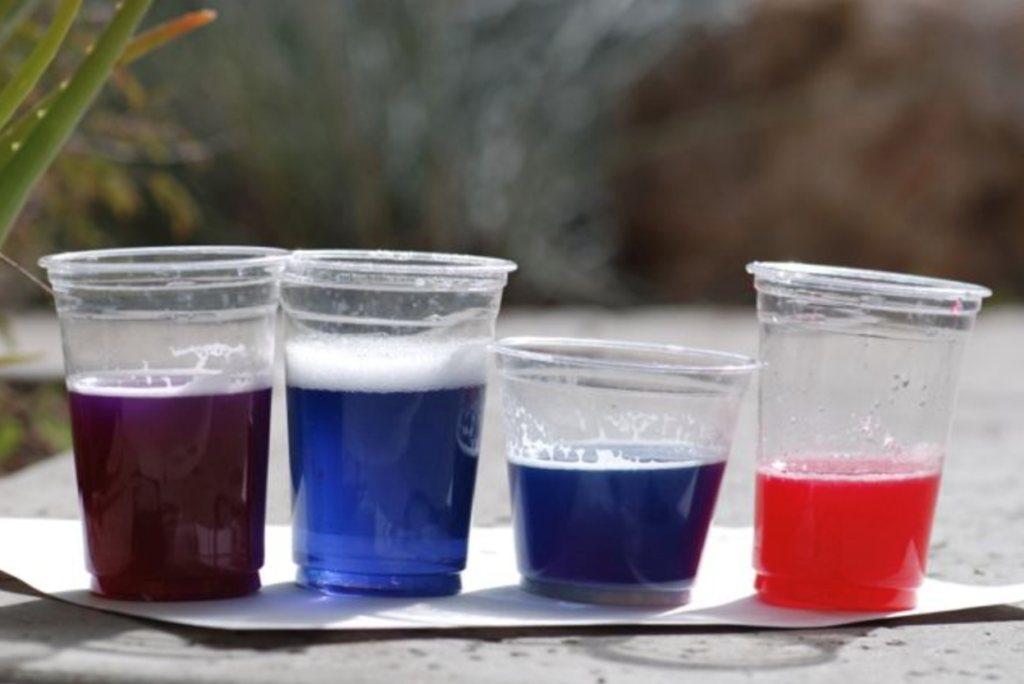
Questions to try
- Does the color change more if more test material is added?
- Which colors indicate acids and which indicate bases?
- Does the temperature of the liquid matter? Hot or cold?
- How does the color change if students add baking soda to vinegar with the cabbage juice already in it? Can students add enough vinegar to turn the color back? How much does it take?
- What happens when if the test mixture is diluted with water?
What is happening? The pigment molecules in the red cabbage juice change shape, and thus color, when in the presence of acids or bases. Lemon juice, vinegar and soda are acids; detergents and soaps are bases.
Connection to literature: Expanding vocabulary with color words
Writing can be more vivid when descriptions contain words that engage the senses or surprise the reader. Using either the colors from the pH experiments above or from paint swatches (available at home supply or paint stores), ask the students to describe a color without using the standard words. For example, instead of red use raspberry, apple, ruby, or strawberry jam. Instead of green, use juniper, agave, emerald, or pickle.
Most humans can see about one million different colors. It is time to use art and science to discover our potential.
Featured image credit: “Navajo natural dyes” by exfordy. Licensed under CC BY 2.0.
Roberta Gibson’s muse sends her short stories for adults and picture books for children. Check out her nonfiction picture book, How to Build an Insect. When her muse isn’t sending stories, Roberta gardens, studies martial arts, and fends off the affection of three cats. Where to find Roberta Gibson on the Internet: Robertagibsonwrites.com, BlueSky @robertagibson.bsky.social, Instagram @robiegibson.


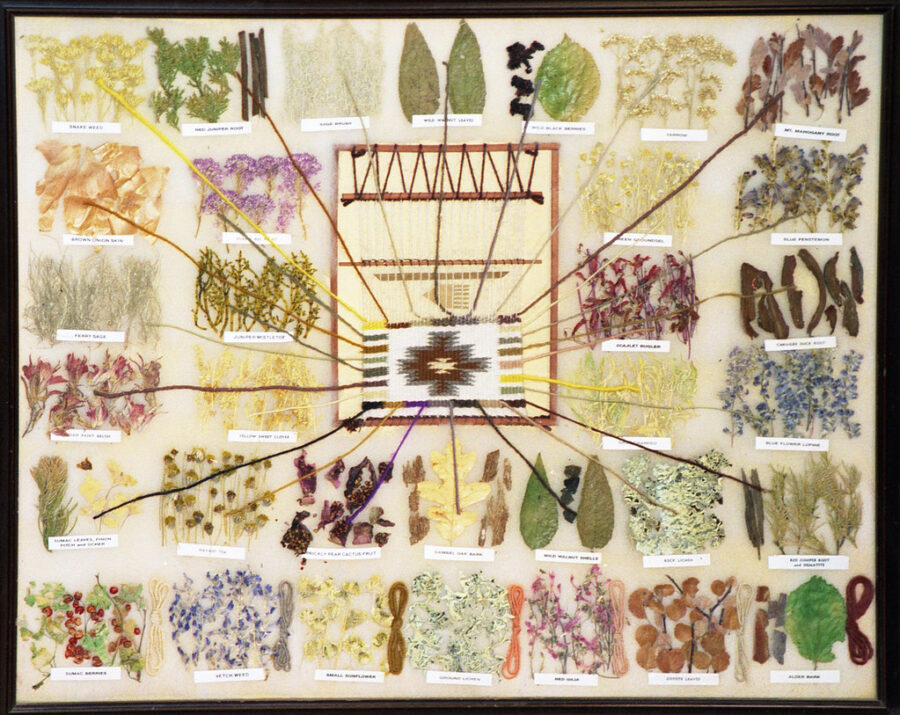
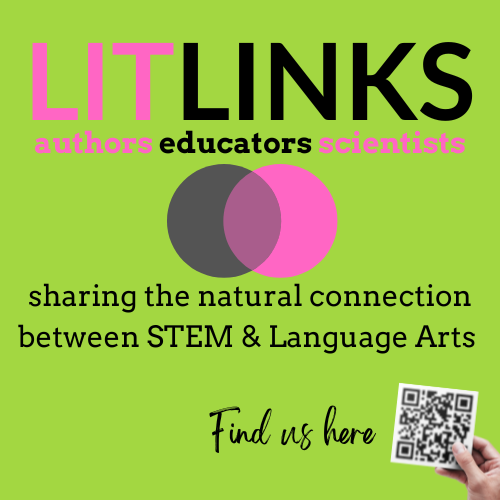





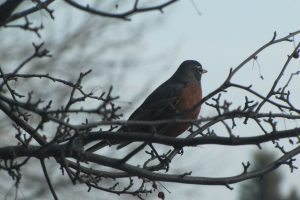

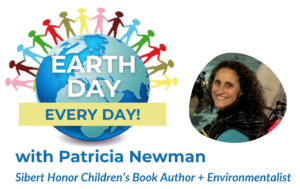
Leave a Reply
Your email is safe with me.